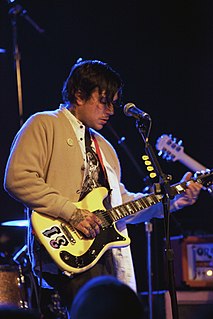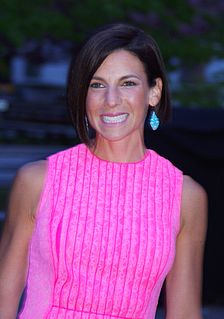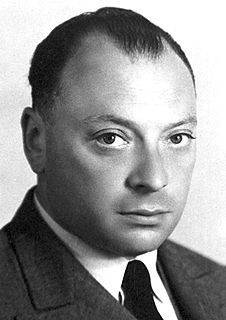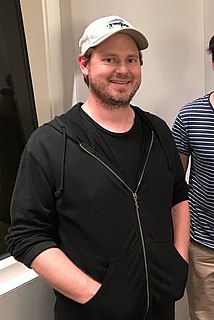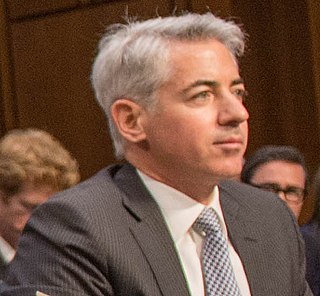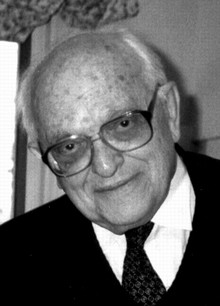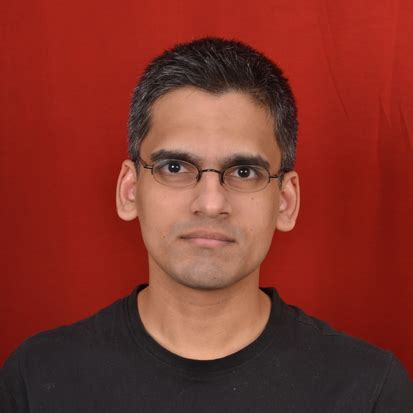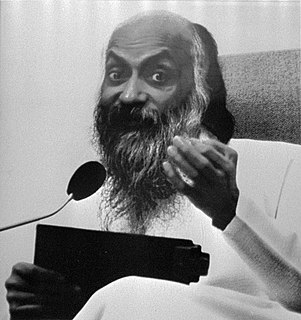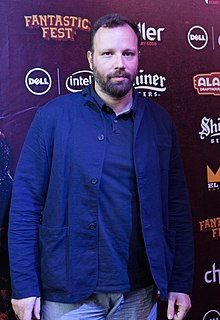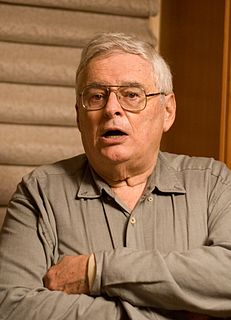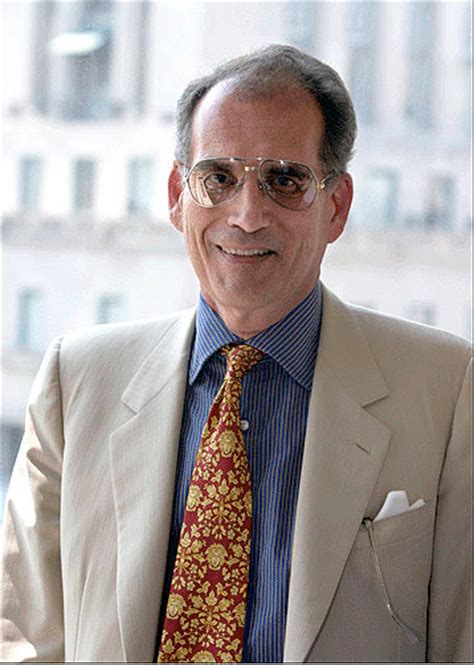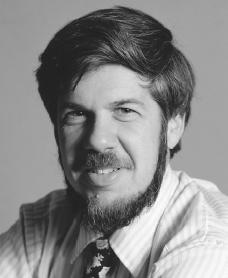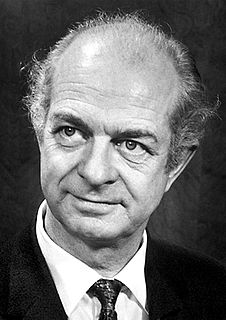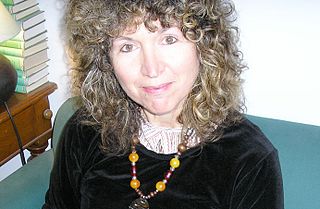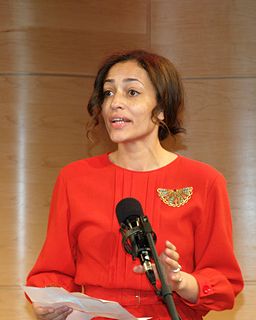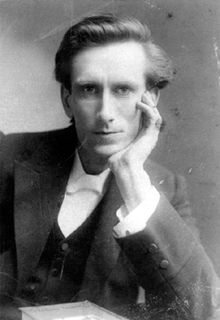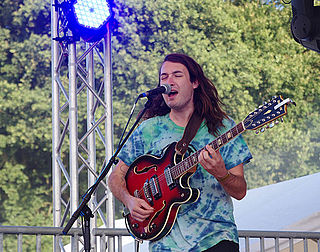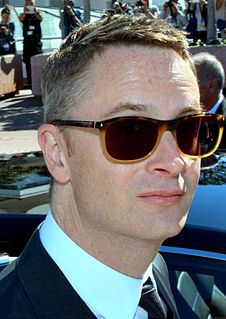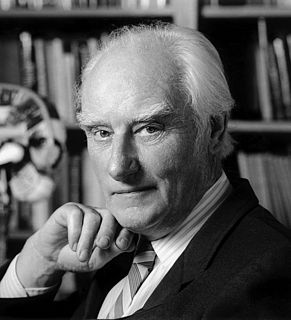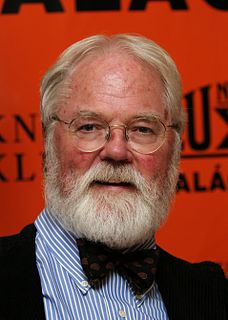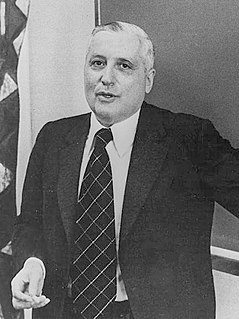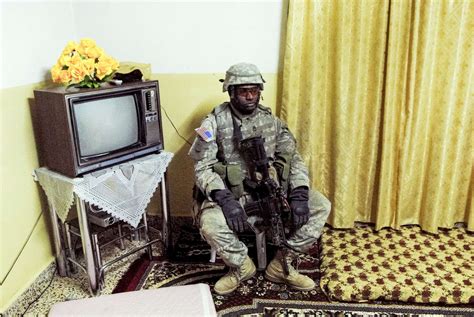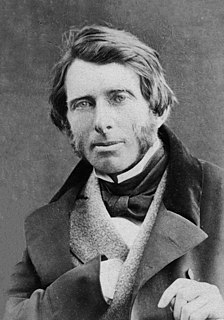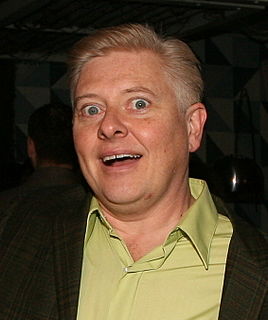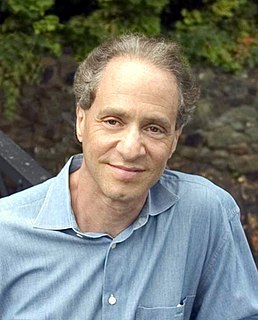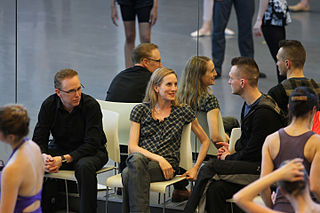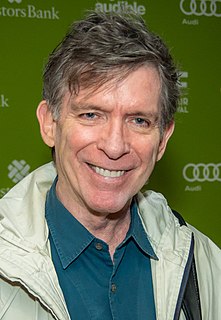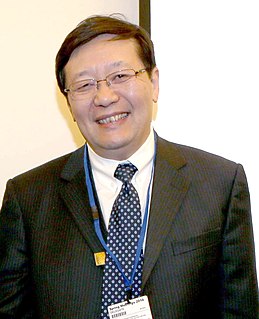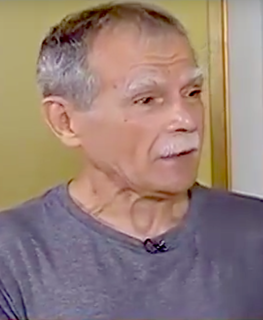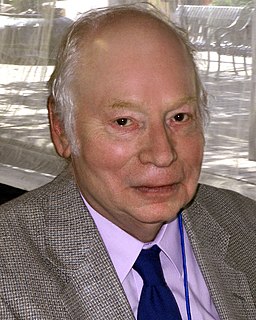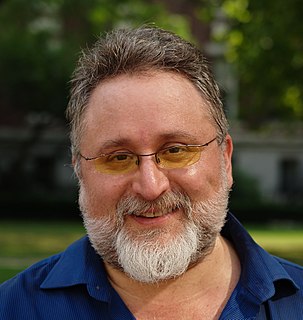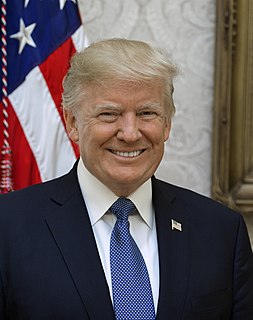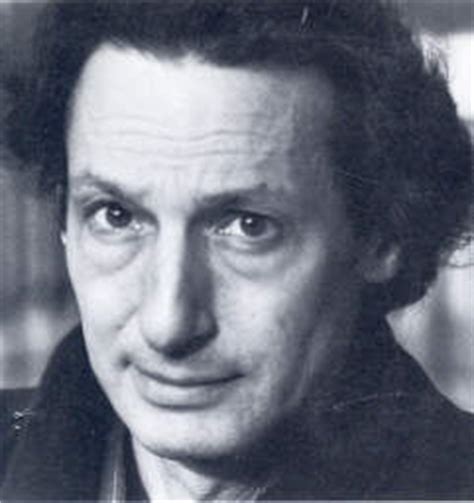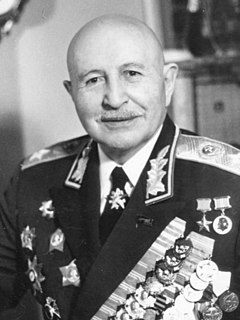Top 1200 Structure Quotes & Sayings - Page 3
Explore popular Structure quotes.
Last updated on April 21, 2025.
The vision shared by both [French utopian] Charles Fourier and Robert Owen was for an entire town to fit into one structure. Owen's design for what he called a "parallelogram" was essentially to have a whole city in one building, laid out around a huge quadrangle. Fourier's scheme was to build a massive Versailles-like structure that he called a "phalanstery." In both cases they had these architectural dreams that we now recognize as pretty unappealing.
Normally you'll have a structure to a song. You'll have an intro to a verse to a pre-chorus to a chorus, kinda repeat that, maybe there's a bridge, then you'll go out on a chorus - that's the quintessential song structure - sometimes you might do a fake-out, re-do a pre-chorus but the chorus doesn't come until later, but for the most part you follow these tried and true structures.
I am very sure that my children thrive on structure and need boundaries. I know my children need to know what time they are going to bed or how many more minutes until they are leaving for school, and so I have imposed a structure that allows them to know where they are all day long, every day in life.
From the point of view of logic, my report on 'Exclusion principle and quantum mechanics' has no conclusion. I believe that it will only be possible to write the conclusion if a theory will be established which will determine the value of the fine structure constant and will thus explain the atomistic structure of electricity, which is such an essential quality of all atomic sources of electric fields actually occurring in nature.
Somewhere along the way, we made it unpopular to value oneself outside the structure of fame. We created these new categories, even - reality stars, YouTube stars, Instagram-famous, Twitter-famous - when we enlarged the fame game board to allow new valuations within the fame structure to accommodate as many people as possible.
I want people to think about movies and how we watch them. Let them know it's okay to question the structure or how we're sometimes duped into a false sense of normalcy. Most of all, I want people to question the old standard practices of, 'This is how the structure of something should work,' or, 'This is how a character must behave.'
Science does not rest upon solid bedrock. The bold structure of its theories rises, as it were, above a swamp. It is like a building erected on piles. The piles are driven down from above into the swamp, but not down to any natural or 'given' base; and if we stop driving the piles deeper, it is not because we have reached firm ground. We simply stop when we are satisfied that the piles are firm enough to carry the structure, at least for the time being.
The first attempts to consider the behavior of so-called "random neural nets" in a systematic way have led to a series of problems concerned with relations between the "structure" and the "function" of such nets. The "structure" of a random net is not a clearly defined topological manifold such as could be used to describe a circuit with explicitly given connections. In a random neural net, one does not speak of "this" neuron synapsing on "that" one, but rather in terms of tendencies and probabilities associated with points or regions in the net.
I am convinced that an electronic machine, no matter how smart and intelligent, being still a mere spatial structure in concept, can neither innovate nor even understand the self-evident proposition: 'No spatial structure can be a representation of any feeling'. Such innovation can only be a work of a non-spatial mind, like a human being, and only such innovation, it should be acknowledged, can pave the way for further scientific achievements.
There is a fixation in the human mind for structures, because in a structured life one feels secure, one knows where one is, one knows where one stands in relationship to the other. It seems that because man is born in the womb of the mother and for nine months remains in a structure, that continues deep down in the psyche - and man is always trying to find a structure somewhere.
Even before the economic crisis in Greece there was no structure for making films - no proper industry, and the structure didn't help filmmakers at all. So filmmakers had to help each other, and make very, very low-budget films. Now with the crisis, things got a bit worse, but filmmakers are still going to be making films. It didn't change that much.
I think our science is a marvelous tool. Of course it has its politics, its failings, its mistakes, like all other human endeavors, but I think the methodology of our science - using it to postulate and to use the proper approach of creating falsifiable hypotheses and then testing them to see if they ring true, and then progressing by finding the anomalies to our theoretical structure, and then improving our theoretical structure to take care and test the anomalies - is the way to go, because that helps us discover what the universe.is all about and our relationship to it.
There are lots of cases where we know more about how the world works than we do about how we know how it works. That's no paradox. Understanding the structure of galaxies is one thing, understanding how we understand the structure of galaxies is quite another. There isn't the slightest reason why the first should wait on the second and, in point of historical fact, it didn't. This bears a lot of emphasis; it turns up in philosophy practically everywhere you look.
The domestic power structure - how power is exercised in the United States, for instance - greatly influences the structure of international institutions. So, for example, the Clinton administration was very influential in shaping the WTO treaty, and, because of the way the US domestic political system works, this meant that corporations could use the US government to wield a huge influence.
The world of shapes, lines, curves, and solids is as varied as the world of numbers, and it is only our long-satisfied possession of Euclidean geometry that offers us the impression, or the illusion, that it has, that world, already been encompassed in a manageable intellectual structure. The lineaments of that structure are well known: as in the rest of life, something is given and something is gotten; but the logic behind those lineaments is apt to pass unnoticed, and it is the logic that controls the system.
Darwin's principle of natural selection leads to the prediction that the proper way to analyze any evolutionary development is to see the new features as adaptive to environments. And that's a perfectly good principle. The problem is that there are many evolutionary biologists who view everything that happens in evolution as directly evolved for adaptive benefit. And that just doesn't work. Whenever you build a structure for adaptive reasons, the structure is going to exhibit properties that have nothing to do with adaptation. They're just side consequences.
The purpose of formulating [a] conflict as a game is not that of resolving the conflict by 'solving the game.' It is that of displaying the structure of the conflict and thereby exposing features of it that may be concealed by rhetoric. In particular, appreciation of the peculiar structure of some of the so-called mixed - motive conflicts represented nonzero-sum games may change the conflicting parties' perception of their situation.
If the structure that serves as a template (the gene or virus molecule) consists of, say, two parts, which are themselves complementary In structure, then each of these parts can serve as the mould for the production of a replica of the other part, and the complex of two complementary parts thus can serve as the mould for the production of duplicates of itself.
I was thinking about the generation before us, like John Barth and all of those pomo dudes who had that idea of, instead of hiding the structure and making it look organic and natural, we're going to put the structure on the outside. But most of the time, at least for me, all I could attend to [in Swing Time] was that act of structural self-consciousness.
There have been prophets and students who handle the Bible like a child's box of bricks; they explain to us the design and structure and purpose; but as time goes on things do not work out in their way at all. They have mistaken the scaffolding for the structure, while all the time God is working out His purpose with a great and undeterred patience.
The music comes first, like, 99 percent of the time. I come up with the basic chord structure and the melody first and then I get really obsessed with arranging, adding, and subtracting parts. The last step of the process, for me, is finding words that fit into that structure and figuring out exactly what I want to talk about.
I've been making films with almost no dialogue (laughs), so sound and music become a very powerful character to tell the story. It's almost like with sound and music and images, it's your tool to tell the story, especially when I decide to structure the film in a way that usually goes against the conventions of the three-act structure which most films are made out of.
Patterns of repetition govern each day, week, year, and lifetime. 'Personal habits' is one term we use to describe the most common of these repeated patterns. But I say these habits are sacred because they give deliberate structure to our lives. Structure gives us a sense of security. And that sense of security is the ground of meaning.
I like structure - like driving: go past the school on the street, stay on the right side, no hitting the car, go in right, you'll see a big church, stop and take a left, and you'll have it. By doing this I'm giving a structure of life, a path of light, and showing what happens between me and me, which is something very beautiful.
That kind of unease, that melancholy, is of course partly my interpretation, but partly, I think, it's something that's really there [in America] as well. It resonates with this moment and the sort of alienation from the power structure a lot of people feel, as well as a certain amount of desperation, in the hope of disrupting the power structure so they can live better lives. I think in those ways, it's intimately connected to today.
It [knowledge] is clearly related to information, which we can now measure; and an economist especially is tempted to regard knowledge as a kind of capital structure, corresponding to information as an income flow. Knowledge, that is to say, is some kind of improbable structure or stock made up essentially of patterns - that is, improbable arrangements, and the more improbable the arrangements, we might suppose, the more knowledge there is.
If our local, observable universe is embedded in a larger structure, a multiverse, then there's other places in this larger structure that have denizens in them that call their local environs the universe. And conditions in those other places could be very different. Or they could be pretty similar to what we have here.
As words are not the things we speak about, and structure is the only link between them, structure becomes the only content of knowledge. If we gamble on verbal structures that have no observable empirical structures, such gambling can never give us any structural information about the world. Therefore such verbal structures are structurally obsolete, and if we believe in them, they induce delusions or other semantic disturbances.
I do think that women could make politics irrelevant; by a kind of spontaneous cooperative action the like of which we have never seen; which is so far from people’s ideas of state structure or viable social structure that it seems to them like total anarchy — when what it really is, is very subtle forms of interrelation that do not follow some heirarchal pattern which is fundamentally patriarchal. The opposite to patriarchy is not matriarchy but fraternity, yet I think it’s women who are going to have to break this spiral of power and find the trick of cooperation.
For 40 years, my argument has been that democratizing ownership of wealth has been the key to egalitarian society and the goals of egalitarian society. But you start at the local level, both at the workplace, community and other institutions and you reconstruct the egalitarian democratized structure as well as participatory structure. And as this happens, we learn more how to move toward the vision that is much larger than just the community level.
What we found was that rather than being haphazardly arranged or independent pathways, we find that all of the pathways of the brain taken together fit together in a single exceedingly simple structure. They basically look like a cube. They basically run in three perpendicular directions, and in each one of those three directions the pathways are highly parallel to each other and arranged in arrays. So, instead of independent spaghettis, we see that the connectivity of the brain is, in a sense, a single coherent structure.
I began photographing around 14; my mother gave me a camera, it's actually the one I still use for creating most of my work. My career has evolved from literally figuring out how to formally structure a photograph, to going through graduate school and trying to formally structure my thoughts. A sort of gradual learning, then unlearning.
The overwhelming majority of Puerto Rico is completely, completely alienated from the political structure. Colonialism is really, really strong and alive in Puerto Rico. And the politicians have taken full advantage of that. We have a debt of $74 billion, caused primarily by the system and the political structure that exists in Puerto Rico.
It was one time when people thought the value of the fine structure constant was important. Now of course it's still important, of course, as a practical matter,but we now know that the value it has is a function, that in any fundamental theory you derive the fine structure constant as a function of all sorts of mass ratios and so on and it's not really that fundamental.
You could make a good case that the history of social life is about the history of the technology of memory. That social order and control, structure of governance, social cohesion in states or organizations larger than face-to-face society depends on the nature of the technology of memory - both how it works and what it remembers. In short, what societies value is what they memorize, and how they memorize it, and who has access to its memorized form determines the structure of power that the society represents and acts from.
Historians constantly rewrite history, reinterpreting (reorganizing) the records of the past. So, too, when the brain's coherent responses become part of a memory, they are organized anew as part of the structure of consciousness. What makes them memories is that they become part of that structure and thus form part of the sense of self; my sense of self derives from a certainty that my experiences refer back to me, the individual who is having them. Hence the sense of the past, of history, of memory, is in part the creation of the self.
With crystals we are in a situation similar to an attempt to investigate an optical grating merely from the spectra it produces... But a knowledge of the positions and intensities of the spectra does not suffice for the determination of the structure. The phases with which the diffracted waves vibrate relative to one another enter in an essential way. To determine a crystal structure on the atomic scale, one must know the phase differences between the different interference spots on the photographic plate, and this task may certainly prove to be rather difficult.
A work based only on a line concept is scarcely more than a illustration; it fails to achieve pictorial structure. Pictorial structure is based on a plane concept. The line originates in the meeting of two planes ... we can lose ourselves in a multitude of lines, if through them we lose our senses for the planes.
We have won on the Arlov, Kursk, Belgorod, and Kharkov grounds. We won because the country was being defended not only by the army but by the entire Soviet people. The Socialist economy, Soviet political structure, and Marxist-Leninist ideology proved their unarguable excellence against the Fascist economy, Fascist political structure, and Fascist ideology of Germany.
Given a situation, a system with a Leerstelle [a gap], whether a given completion (Lueckenfuellung) does justice to the structure, is the "right" one, is often determined by the structure of the system, the situation. There are requirements, structurally determined; there are possible in pure cases unambiguous decisions as to which completion does justice to the situation, which does not, which violates the requirements and the situation.
It is much more accurate to identify the factors of production as know-how (that is genetic information structure), energy, and materials, for, as we have seen, all processes of production involve the direction of energy by some know-how structure toward the selection, transportation, and transformation of materials into the product
America has been around less than 250 years, and in less than 250 years we have created what is the greatest country on earth. There are reasons for it. And any other country on earth could do the same thing. They could structure it the same way, and if they don't have natural resources they could economically structure a way to barter, share, buy, trade, you name it. They could do the same thing.
Siphonophores do not convey the message a favorite theme of unthinking romanticism that nature is but one gigantic whole, all its parts intimately connected and interacting in some higher, ineffable harmony. Nature revels in boundaries and distinctions; we inhabit a universe of structure. But since our universe of structure has evolved historically, it must present us with fuzzy boundaries, where one kind of thing grades into another.
Suits obviously had helped to promote bad government and he was as guilty as anyone for wearing them so steadfastly for twenty years. Of late he had become frightened of the government for the first time in his life, the way the structure of democracy had begun debasing people rather than enlivening them in their mutual concern. The structure was no longer concerned with the purpose for which it was designed, and a small part of the cause, Nordstrom thought, was probably that all politicians and bureaucrats wore suits.

